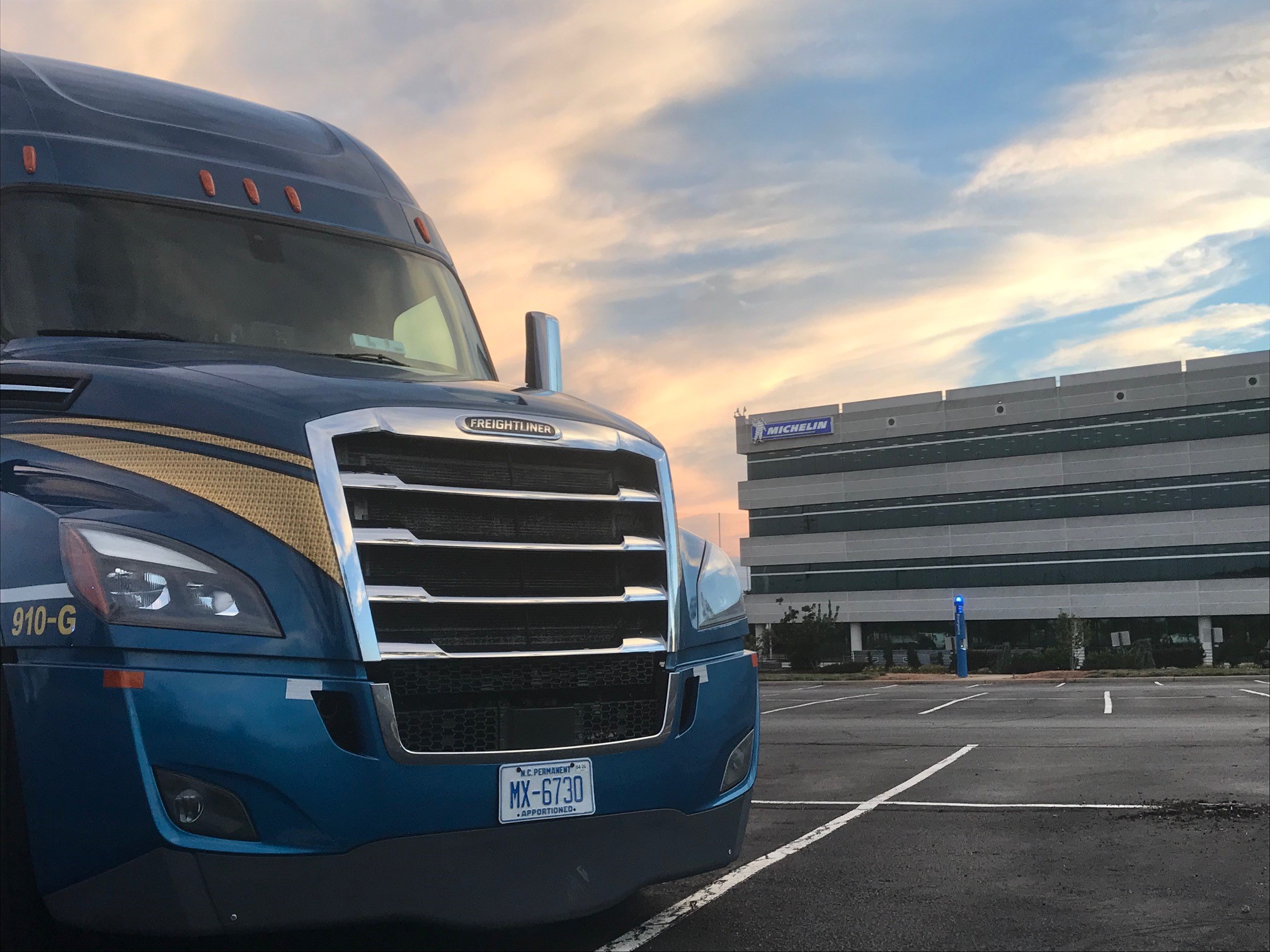.jpg.aspx?width=500&height=375)
Life as an independent owner-operator, or Lone Ranger, in the trucking industry is a career path that is not for the faint of heart. As for myself, I would not have it any other way. When operating independently, there is no one to blame for your failures and you get to enjoy the full reward of your successes!
There are levels of independence when operating under your own authority. The first and most common way is to find all of your revenue-generating freight from load boards. This is also known as working the “spot” market. The rates on load boards can fluctuate wildly as market conditions change throughout the day, week, month, or season due to the forces of supply and demand.
When market conditions are in favor of the trucking companies, it’s easy to look like a hero in regards to profitability. The years 2017 and 2018 were a good example of this as the spot market was on fire from multiple fronts. Pressure on rates during this time was high due to the December 18 electronic logging device mandate, a robust economy, and the new truck order boards being full. Rates took off like a wildfire doused with charcoal lighter fluid.
On social media, there were constant reports of how easy it was to demand extraordinary high rates. Many independent owner-operators adopted the attitude of, if the broker they where dealing with did not want to pay the rate desired, it was OK because market forces were strong enough that the next broker would pay the rate of compensation demanded.
In my opinion, working the load boards is like playing the Wall Street stock market. There is a tremendous amount of money to be made in a “bull” market. The question is, how many people have the ability to survive a “bear” market when the forces of supply and demand are not in the trucking industry's favor.
In 2019 the “spot” market cooled off after blazing throughout 2018, which has led to the supply of available trucks to outpace the number of loads to be transported. Now I see social media posts on how the sky is falling due to low rates being offered after the sugar rush of the fantastic market conditions enjoyed the previous year.
Times changed for the spot market as carriers rushed to add capacity to their fleets to take advantage of the favorable market in 2018. Another added factor was many owner-operators jumped into the market with their own operating authority. All of the above-market forces joined to form a correction of the inflated rates many where enjoying in the previous year. For those of us who have been in the industry for decades, we have seen this story play out in the past and none of the market corrections are coming as a shock. In fact, the market is still pretty good compared to what we experienced back a little over a decade ago.
If a person was to use the year 2008 as a benchmark for market conditions, everything looks pretty good as we go into 2020. Let's go back in time and remember what it was like to have fuel costs at over four dollars a gallon and an economy that was rushing into a historic full-blown recession. For those of us who endured the recession, we know what it is like to run a lean operation. The market will correct itself once again as water always finds its own level.
My hope for the independent owner-operators, who primarily depend on the spot market to generate the revenue to keep their operation profitable, is that they were able to put back a lot of the windfall profits previously enjoyed to weather out the softer market, or they were able to build relationships that will carry them through until the spot market improves.
In part two, I will go into another group who is feeling less pain in the soft spot market environment.